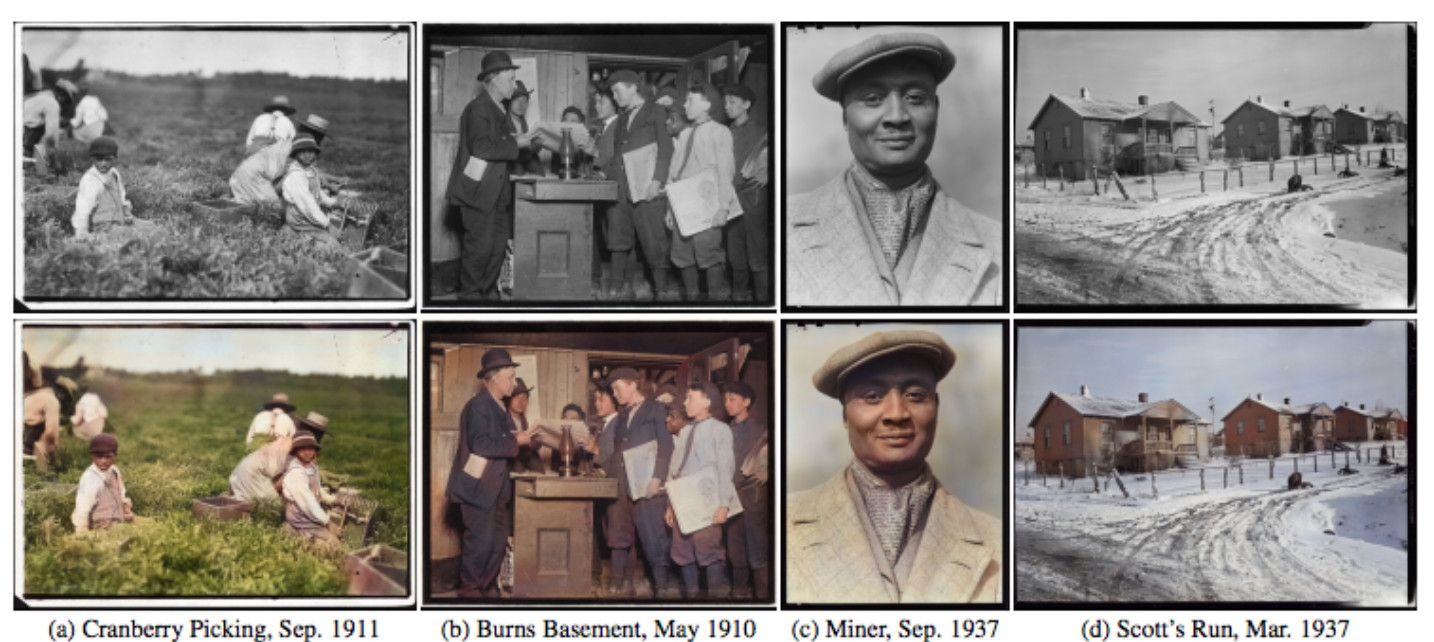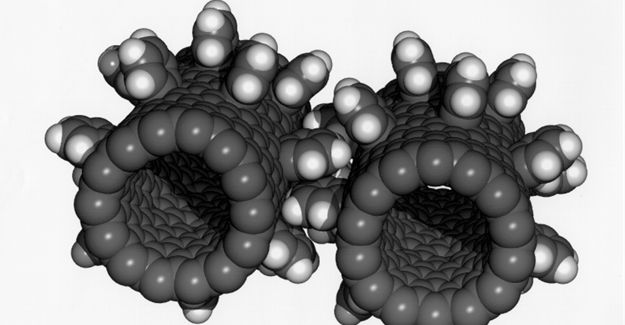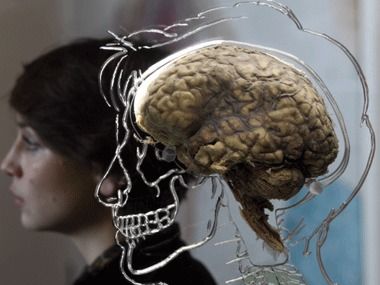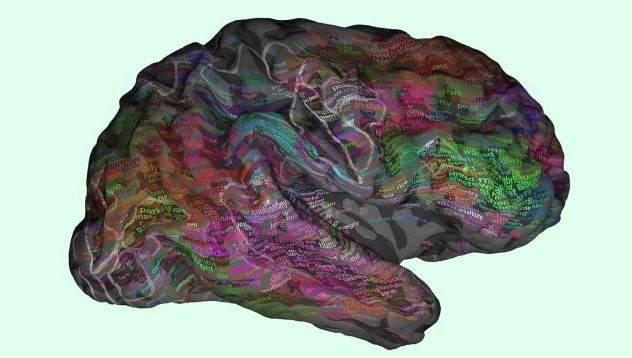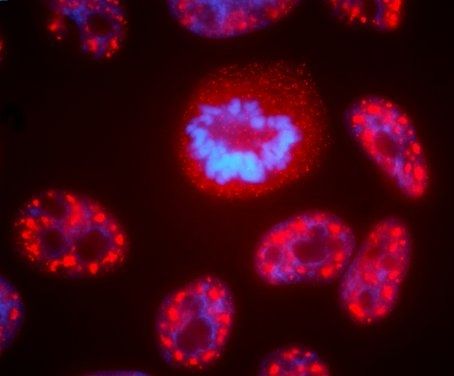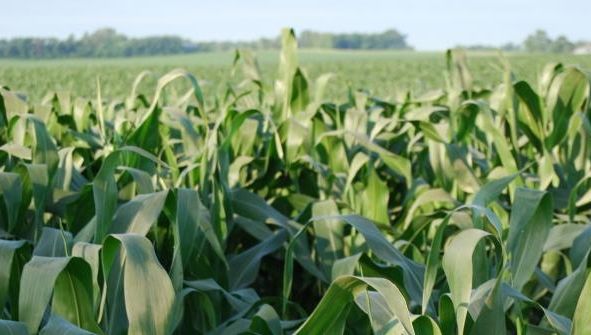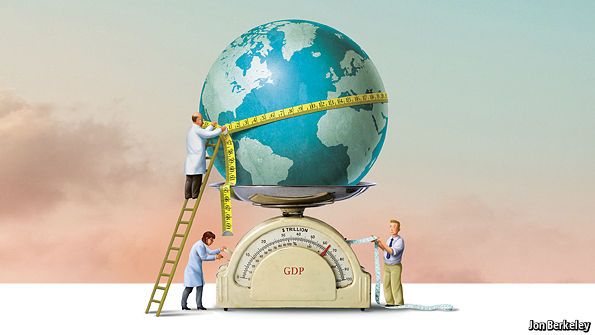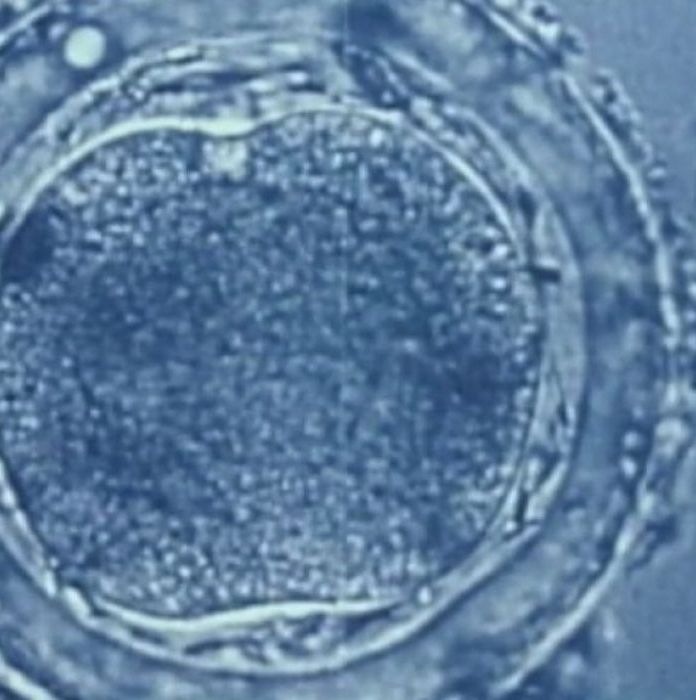The OpenAI Gym includes a number of games and challenges for AIs to try and master.
DNA used in a thermometer.
A thermometer 20,000-times smaller than a human hair has been developed by researchers using DNA that is capable of measuring temperatures within living cells.
The thermometer, unveiled this week in the journal Nano Letters, was built by scientists at the University of Montreal and is expected to improve human understanding of nanotechnologies.
DNA is made up of four different molecules: Nucleotide adenine (A), nucleotide thymine (T), nucleotide cytosine © and nucleotide guanine (G). Nucleotides A and T bind weakly together, whereas nucleotides C and G bind strongly together.
When Thomas Edison wanted a filament for his light bulb, he scoured the globe collecting thousands of candidates before settling on bamboo. (It was years before people were able to make tungsten work properly.) That’s our traditional way of getting materials. We picked up stones for axes, chopped wood for housing and carved tools out of bone.
New keys unlock how words are stored in our brains.
Researchers have created a new map of the human brain which shows where we organize words depending on their meaning—and it could help us read minds more accurately than ever.
Scientists from the University of California, Berkeley, have published an interactive version of the map online. It allows you to explore the whole brain, clicking around to see where different types of words—from social and spatial, to violent and visual—are stored.
The team constructed the maps by playing seven different participants a two-hour chunk of The Moth Radio Hour while scanning their brains using functional MRI. The brain scans showed how the oxygen levels in blood across the brain changed, and this data was then used as a measure of how active a particular part of the brain was.
New research by UCSF scientists could accelerate – by 10 to 100-fold – the pace of many efforts to profile gene activity, ranging from basic research into how to build new tissues from stem cells to clinical efforts to detect cancer or auto-immune diseases by profiling single cells in a tiny drop of blood.
The study, published online April 27, 2016, in the journal Cell Systems, rigorously demonstrates how to extract high-quality information about the patterns of gene expression in individual cells without using expensive and time-consuming deep-sequencing technology. The paper’s senior authors are Hana El-Samad, PhD, an associate professor of biochemistry and biophysics at UCSF, and Matt Thomson, PhD, a faculty fellow in UCSF’s Center for Systems and Synthetic Biology.
“We believe the implications are huge because of the fundamental tradeoff between depth of sequencing and throughput, or cost,” said El-Samad. “For example, suddenly, one can think of profiling a whole tumor at the single cell level.”
There’s a precision genetic tool being put to work in crop breeding that offers benefits for future elite, high-performing crops. Pioneer is moving forward with work on a commercial hybrid.
With CRISPR-Cas it’s possible to do precision gene insertions (or deletions) in a crop genome that boost productivity or enhance other traits. This isn’t a GMO because the work done involves traits from the same species — corn gene into a corn plant, for example.
Researchers at Waseda University in Tokyo have created a way to realistically colorize black-and-white photos without any human intervention for the first time ever. The team’s approach is based on convolutional neural networks — a type of machine learning originally inspired by the visual cortex of a cat.
